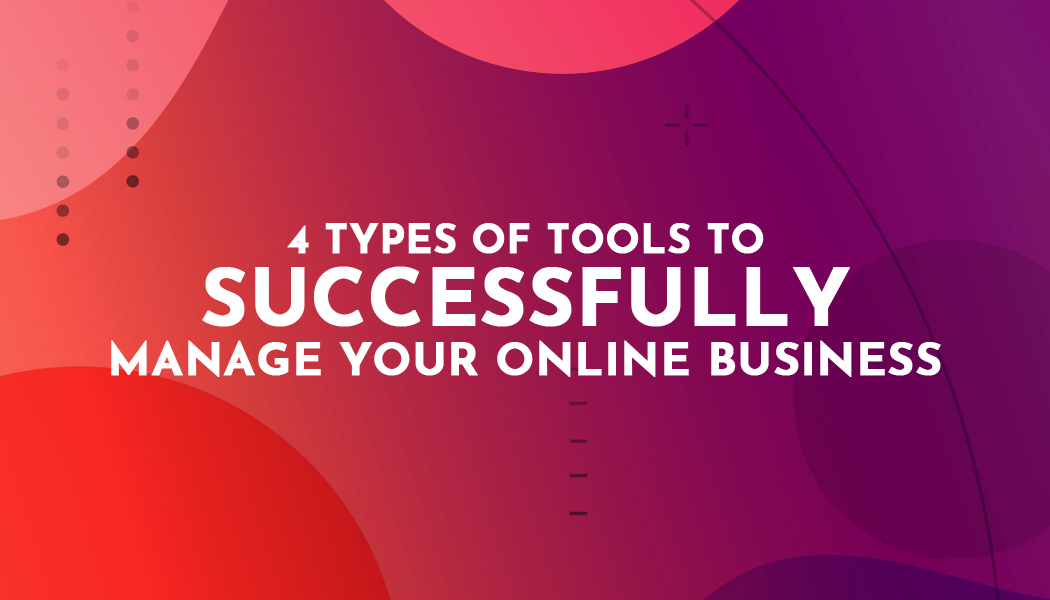13 Winning PR Distribution Tips for Great Exposure
Reaching out to relevant journalists is one way to get your story out. Despite the controversies that PR distribution is already dead, it remains an effective and powerful method to spread your announcement up to this day.
Since they receive tons of pitches daily, you want to make sure that your story stands out. Not to mention your pitch that should be personalized to them. If your pitch and content look similar to other companies, you’ll have lesser chance to get their attention.
You need to learn the tactics to gain a wide exposure of your content. Here are 13 expert tips when distributing your releases:
1. Use different sources to find journalist's information.
You need to find relevant information of the media you are trying to reach. If you are submitting to a specific media publication or journalist, you need to first build your media list.
A media list is a collection of information pertaining to your target media. It may include professionals who may be interested in your content, including reporters, editors, bloggers and freelance writers across different channels (television, radio, blogs and online).
You need to identify their niche, interests, beat, most recent coverage and pitching style ideas. As much as possible, you need to know a lot of information that you can use in personalizing your pitch.
2. Use a press release service company.
Aside from pitching to the press, you can also use a newswire service to help you get maximum exposure. A press release service service distributes your story in several places, sites, locations and the search engines. It also send your content to their network of journalists.
When you use this kind of service, you maximize your visibility and reach. A service can get your news on top of the search engines like Google and Yahoo News if it is well optimized. Since it has a network of media outlets, they syndicate your content to these locations.
They also send your story to targeted journalists based on your niche. Since it is industry specific, you’ll get the assurance that it reaches your desired audience.
3. Build long-term relationship with the media.
If you are in the PR business, you need to invest on a long-term relationship with the journalists, editors and influencers relevant to your business. You need to make an effort out of your way.
For example, one marketer revealed that one way they maintain connection with journalists is through Twitter. They use the platform in finding stories for their blogs or articles. Whenever they see something that is worth sharing, they make sure that they mention the story written by the journalist or retweet their work.
They also make it a point to connect with them on the social media. Do this on a regular basis to see how your relationship with them improves. It makes a huge difference when the media remember you once you contact them through email or the social media.
Connecting with them, even you don’t need any coverage can reward you along the way. It’s one thing that your competitors in the business may be missing.
4. Send an embargo on major news outlets.
It makes a big impact if you send your story to the major news outlets a day before the release of the story. This way, the news will be covered by the publication the same time the release goes live. This distribution tip is very effective because it gives the outlets an extra privilege that they are the first one to release your story.
5. Go local.
Don’t think that you cannot benefit from the local media or local newspaper or trade publications. Actually, you already have the local angle.
Reaching out to local reporters and media outlets give you a better opportunity of landing publicity. Since you have a local angle, you story is relevant to them. Furthermore, there’s less competition in the local scene.
What may also surprise you is the fact that some national newspapers or magazines also get stories from their local counterpart. This can give your brand a double boost if you just make your story stand out.
6. Check your content for errors.
Journalists are very strict when it comes to grammar, punctuation and spelling. Before submitting your content, make sure that you have checked these metrics to avoid getting ignored.
Journalists expect to get a ready-to-publish copy. Since they are always busy, it helps if you can give them a copy that is already polished. If your content is stuffed with grammar or spelling mistakes, don’t expect them to write your story.
They will pick other stories instead. This also not good for your reputation. It gives them the impression what kind of brand you are.
7. Talk like you know them through your pitch.
A pitch is something that will automatically attract the media to a brand. It is an introduction or a simple letter that will create interest to your story.
A good introduction is something that will instantly build connection with the media. You can state your purpose and how your story will help their niche
You can mention how you met at a previous event, or that you admire their last post on Twitter about their coverage. It may be a challenge for you how you are going to build this connection in your pitch. Oftentimes, it is what adds a score in a company to earn publicity.
8. Spell their names correctly.
One major mistake that is often ignored by marketers is the way they address the reporter. Avoid misspelling their name because it shows how you disregard details about them.
Not paying attention to their name reflects that you’re really not interested to who they are. Be careful especially if their names are confusing to spell. Keep in mind that there are women who use men’s name and vice versa.
9. Do not email blast.
This is one common mistake among marketers and PR professionals. Email blasting is a big no-no.
It can be tempting to just send a copy to all your contacts, without considering if they are relevant to you. Up to now, a lot of journalists receive irrelevant emails. They send pitches to a journalist who doesn’t belong to the same niche.
If your business is technology, make sure to approach technology journalists. A fashion writer will not write about your new mobile app, so be sensible.
Email blasting is a complete waste of time, effort and money. Do not send your story to all the media hoping to land publicity.
Instead of doing this, send your story to some media outlets who have covered the same story recently. They can write a follow up or write something to show a different angle to a story.
10. Get straight to the point.
Journalists are turned off with content that doesn’t get clear with its message. A release is based on facts and should be written in a clear, straight to the point voice.
Do not use adjectives, industry jargons and buzzwords. It doesn’t add any effect to your content
Get the lede right in the first paragraph. Don’t get them confuse or expect them to look for the facts in your release.
Do not add details that aren’t necessary. Provide the audience a way to lean more.
11. Make their job easier.
Journalists receive tons of pitches on a daily basis. At least make their job easier by writing an attention-grabbing and keyword-based headline.
Include a summary to give them a hint about your story. Provide them appropriate visuals that they can include to improve your content.
Include quotable quotations that support your claims. It should also provide a human element to increase the reader’s engagement.
Write following the standard format. Inverted pyramid presents the key information first and goes down to the least important one.
Use relevant keywords in the headline, subheading and the body of the release. Include one to two links to provide the readers a way to learn more about your announcement.
Include a media contact that provides the media a way to contact you if they are interested with your story, or need additional information or visual elements. A boilerplate tells who the company is behind the announcement.
12. Create a catchy subject line.
Aside from the headline, the subject line is another element that the journalist first see. Make sure that it is appealing, clear and gives the journalists an idea what your story is. The subject line should be interesting enough to make them want to open the email.
13. Don't send your pitch on the hour.
By now, you possibly know that most PR professionals and marketers send pitches on the hour. This means that everyone’s target is to send their story all at the same time as others.
This means there’s a tight competition for publicity. To make a difference, send it at past 8 or 10 minutes after the hour. It gives you a greater chance of getting media coverage since they have already sent their pitches on the hour.
Keep these distribution guidelines in mind each time you issue releases. It will guide you in increasing the chance of having successful campaigns.




